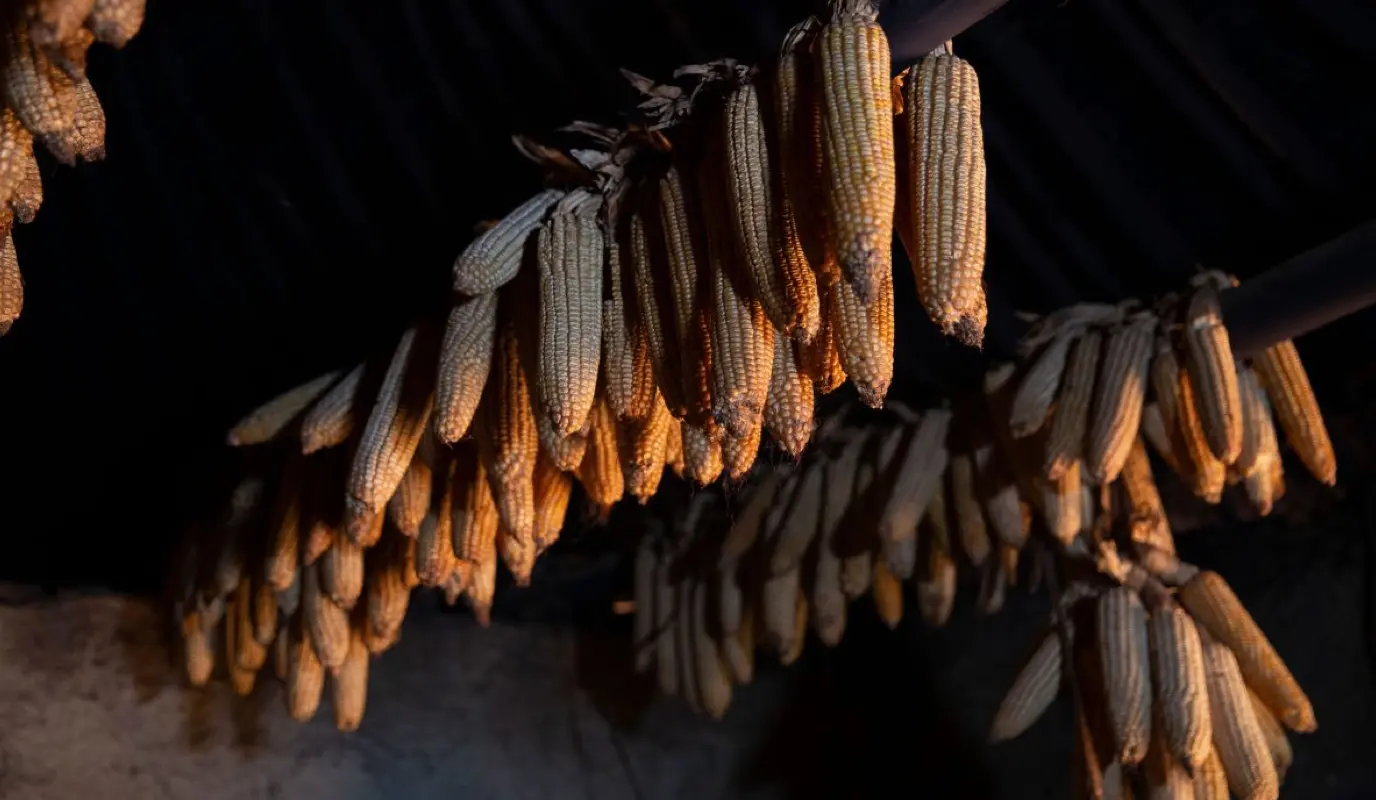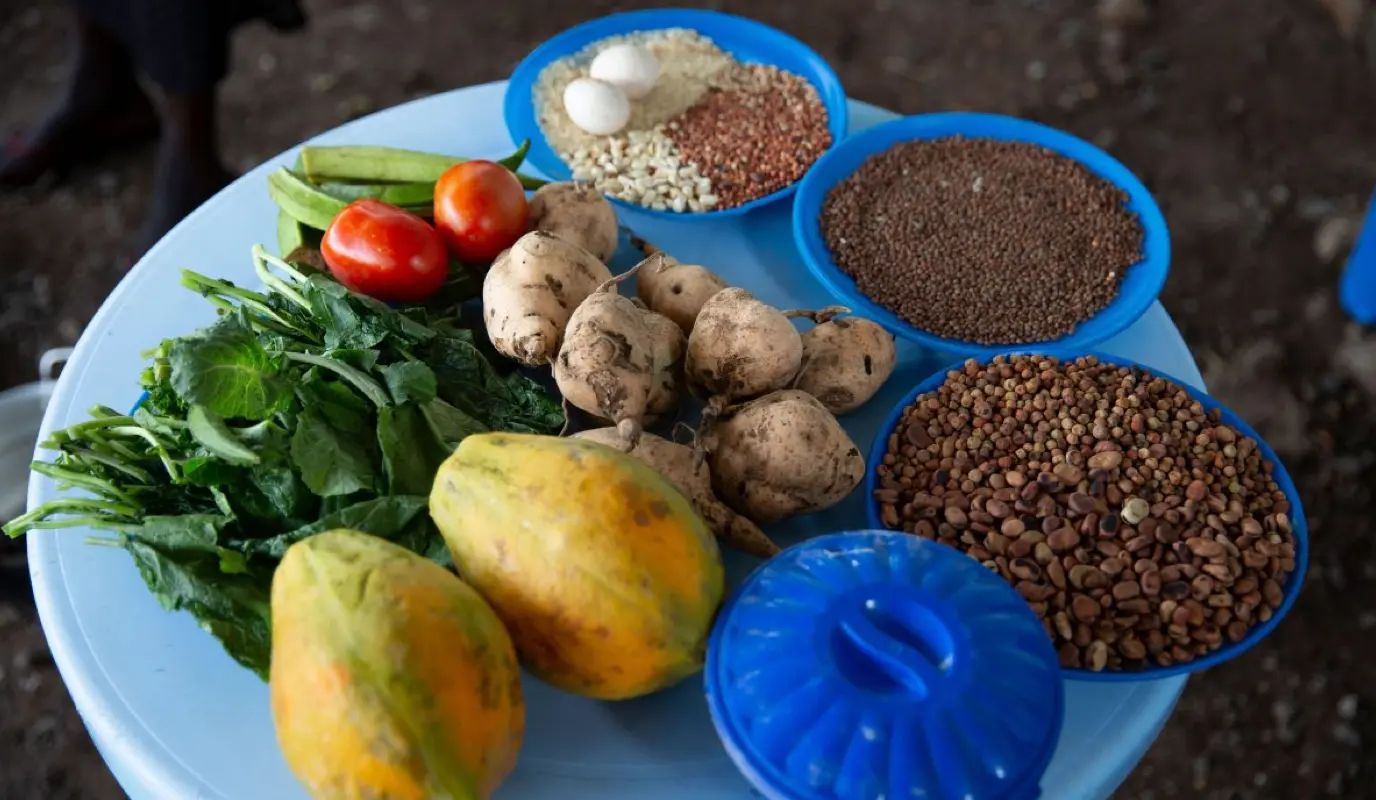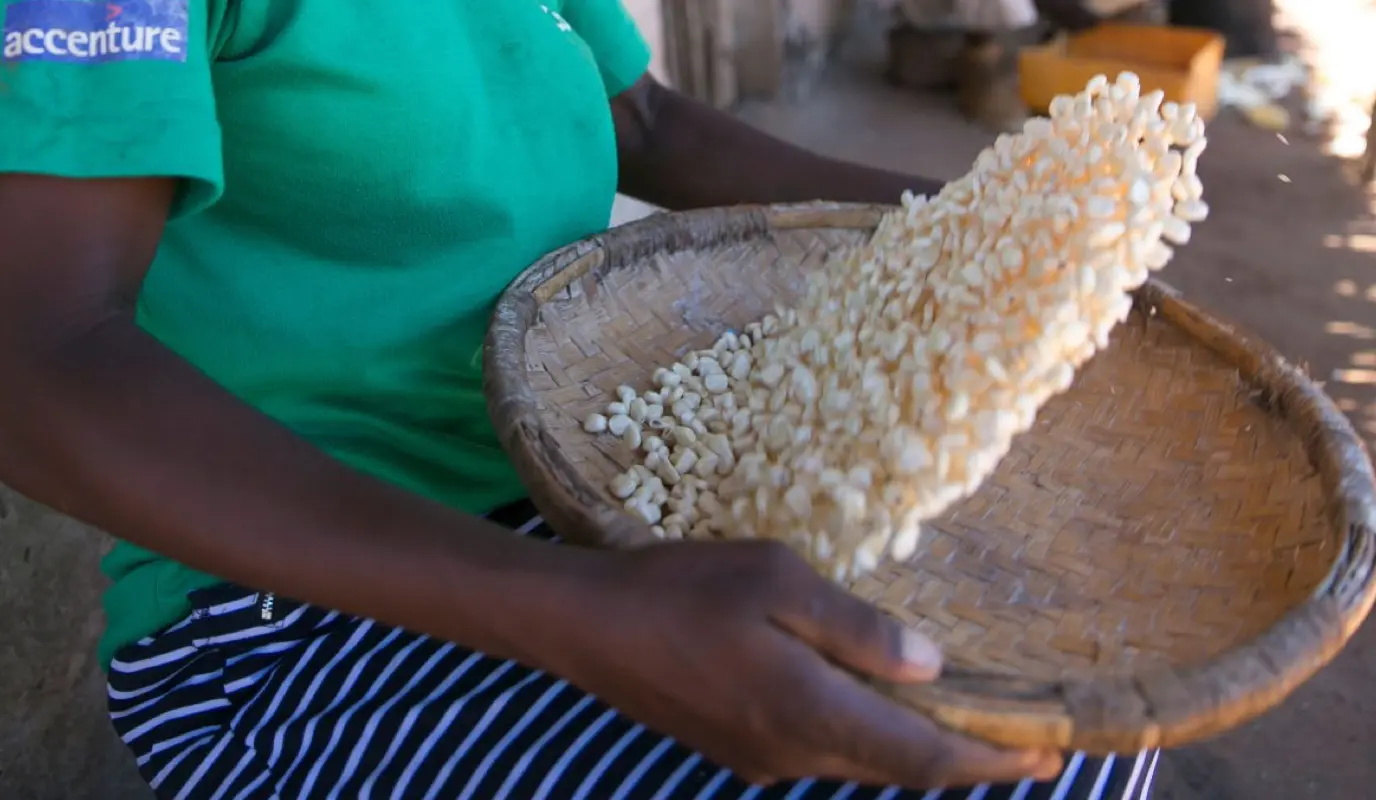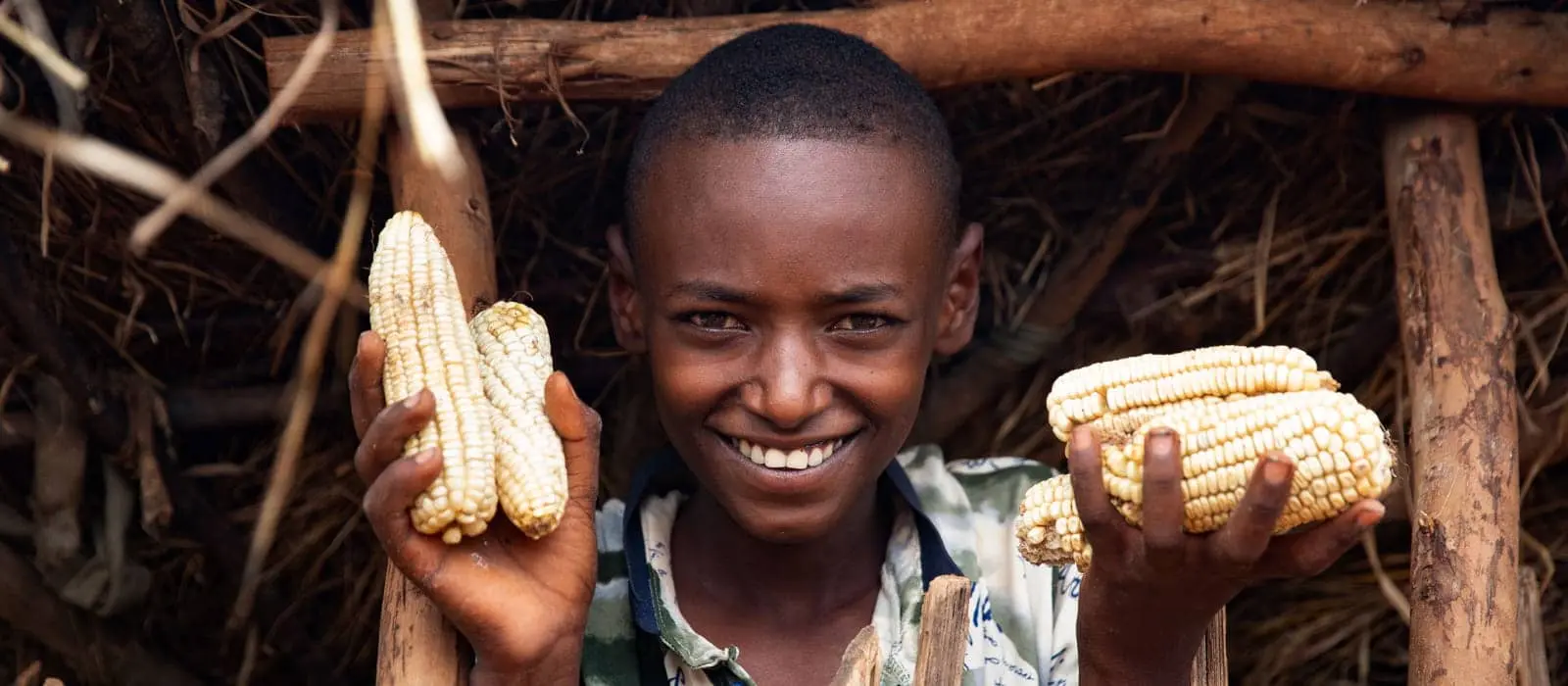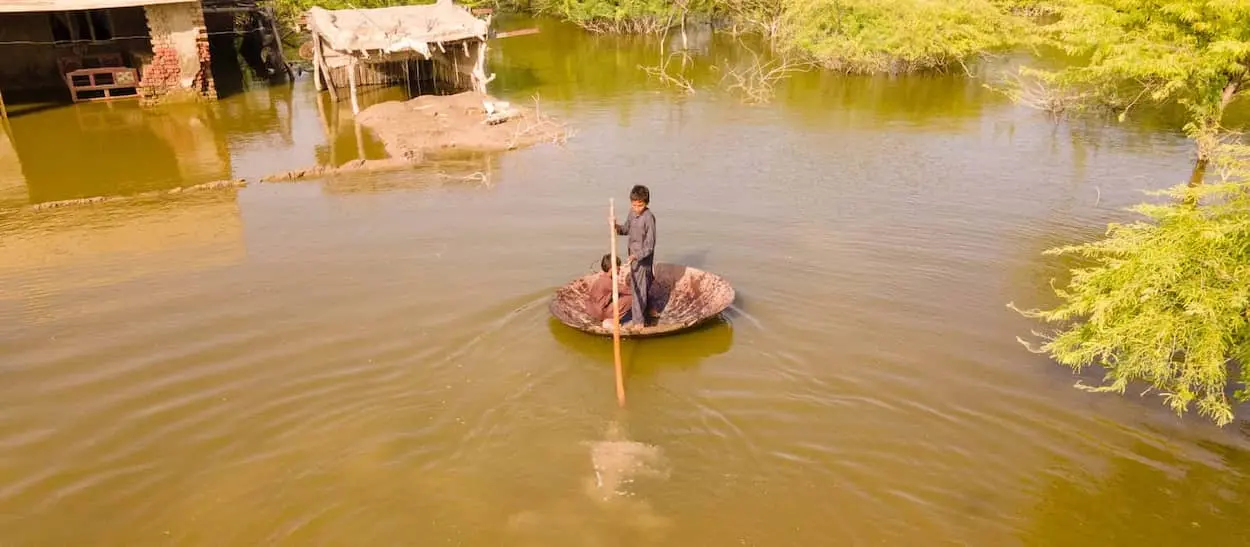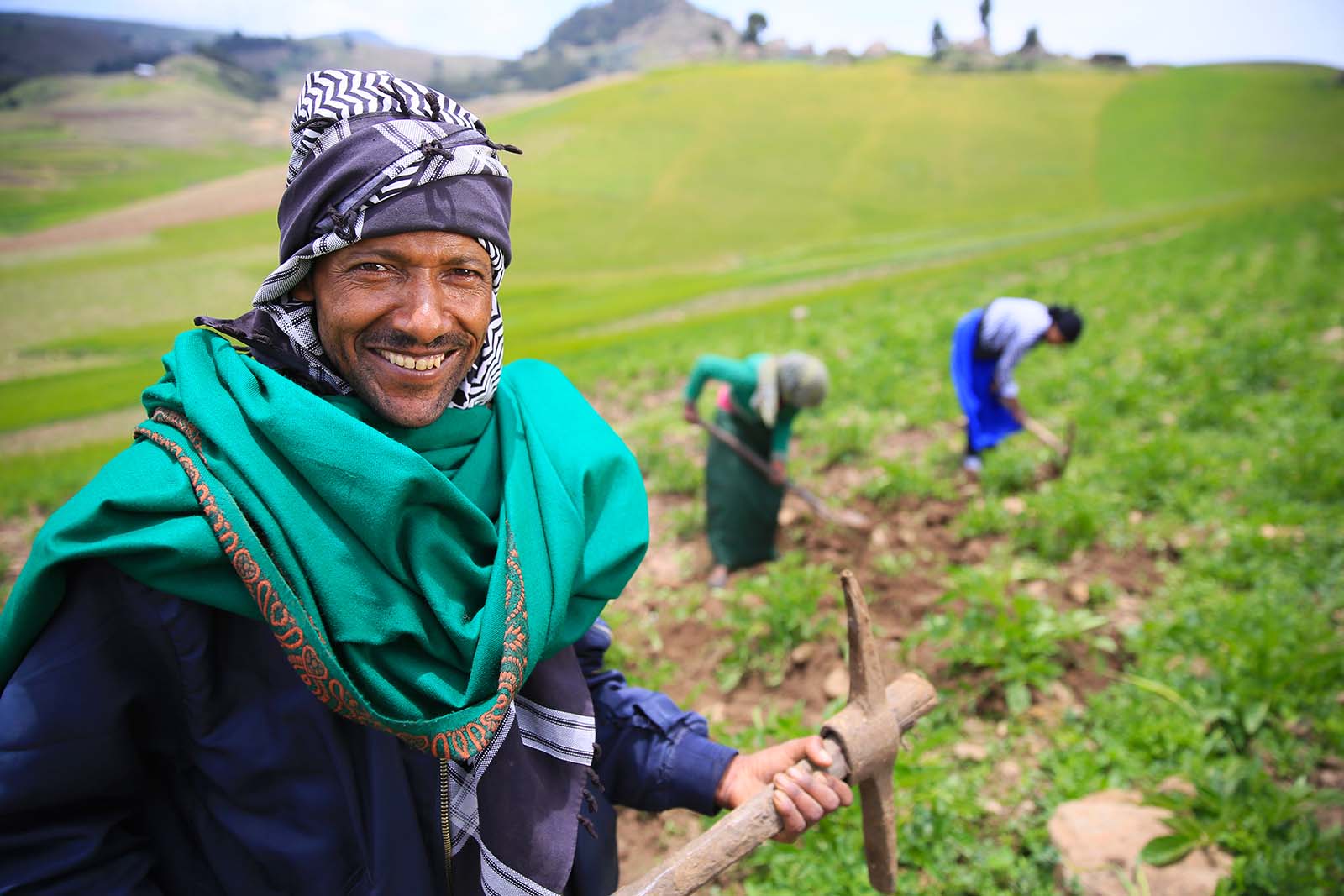In Africa, corn is best known as maize — and it’s everywhere. How did this non-native cereal crop come to be the staple upon which hundreds of millions of families rely for their main source of food? And why is that a potentially very serious problem? Read on.
A blow-in
Nobody’s entirely sure exactly when and how maize first arrived in Africa. Most agree it originated in South America, and the probability is that this reasonably ancient grain made its way eastward during the “age of exploration” in the late 15th century via missionaries, explorers, and slave traders.
One fact that nobody disputes is that maize today is considered the staple crop for much of sub-Saharan Africa, consumed regularly by more than 50% of the population there. For over 300 million people in the region it is their main food source, and its popularity is increasing. From 2007 to 2017, the area on which maize was grown in sub-Saharan Africa increased by almost 60%, according to the FAO. And all indications are that consumption will continue to rise.
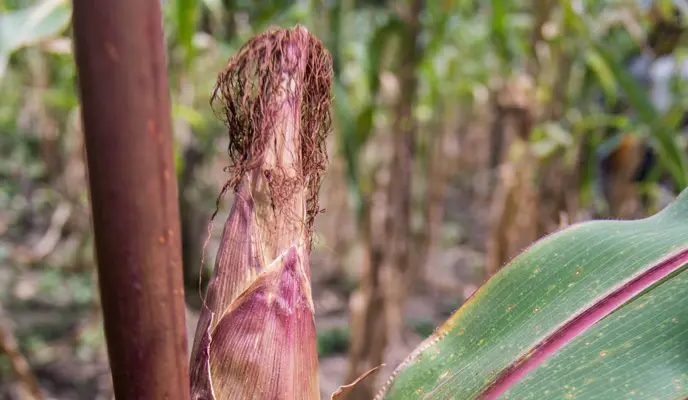
Ubiquitous
Why is maize so popular in Africa? Well, it’s reasonably straightforward to source and grow, it was promoted extensively by many governments from the 1950s onward, and multi-generational consumption has created an acceptance of maize porridge as the required foundation of almost every meal.
In much the same way that the 19th century Irish would have felt unfulfilled without a meal of potatoes or “spuds”, many families from Kenya to Malawi to Zimbabwe feel the same way about Ugali or Nshima or Sadza.
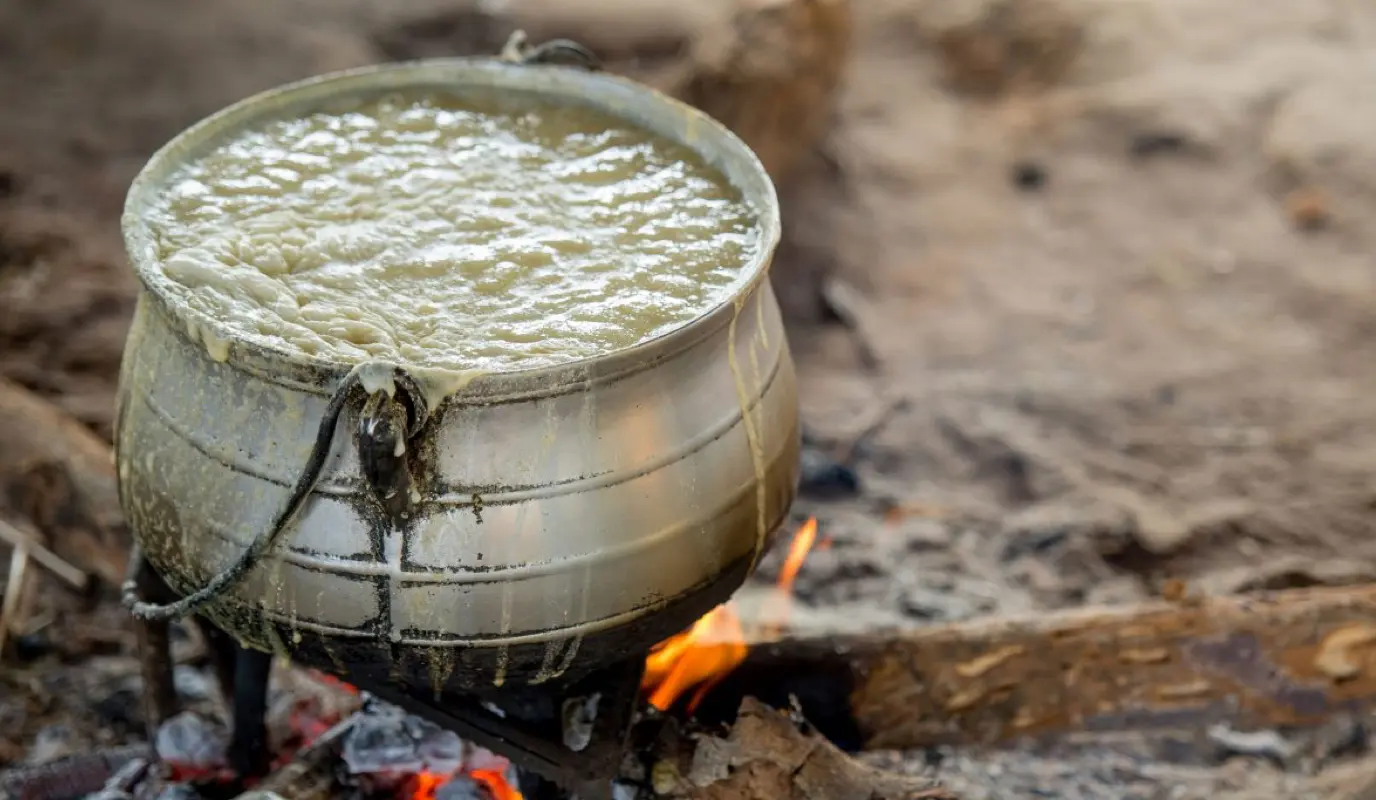
Which, as the Irish discovered to their cost, can be very problematic. Erratic weather conditions and crop failures can induce serious hunger crises. Of course, for every problem there’s a potential solution — and Concern is in the business of matching solutions with problems. So here are three of each:
1. A thirsty customer
Maize needs lots of water to thrive, and it needs it regularly, at the right time, and consistently. Most maize production in sub-Saharan Africa is rain-fed (as opposed to irrigated) and climate change is wreaking havoc with rainfall patterns. Often, rains come late or stop early or are intermittent. Imagine borrowing money to buy seeds, planting them at the start of the rainy season, and then watching your germinating crop wither and die as the rain stops falling at the crucial moment. This is the heartbreak regularly faced by millions of mostly poor farming families, and it poses a huge threat to food security. Oh, and maize doesn't take kindly to being waterlogged either.

Solutions:
Much progress has been made in developing drought resistant and improved hybrid seed varieties, and the trick now is to ensure that these make their way to the people who need them most. All that high tech research and development comes at a cost, and seed companies are definitely not in the not-for-profit business. Fortunately, there are alternative options, such as certified or “quality declared” open pollinated seeds grown by local seed multipliers.
In countries like Central African Republic and Burundi, Concern teams organize “seed fairs”, to which financially-challenged farmers can bring pre-distributed vouchers and exchange them for the type and variety that suits them best. Farming cooperatives and savings and loan associations are another sustainable way to help people secure the capital they need for this critical investment.
In countries like Kenya, we have been helping farmers to develop and access irrigation systems, which take some of the uncertainty out of planting. And then there’s the adoption of climate smart agriculture techniques, which help conserve moisture and have multiple other benefits (see #2 below.)

An additional solution is to encourage farmers to diversify crops — should the maize harvest fail, at least they have a backup, like millet or sorghum.
2. Asset-stripping and low returns
Maize is hard on the soil — it's what’s described as a “heavy feeder”, and requires a large amount of nutrient uptake. This means using lots of fertilizer and the land needs recovery time after it has been stripped of its goodness during the growing season.
Also, maize yield in sub-Saharan countries is generally low — about 20 percent of the average yield in “developed” countries. Poor soil fertility, pests and diseases, low levels of mechanization, and post-harvest management issues are among the key factors.

Solutions:
The most basic and traditional way of dealing with this problem was to leave the land idle or “fallow” for a period of months or even years, to help it build back its nutrient content. That's obviously not a very productive use of a scarce commodity. But simple techniques like inter-cropping or crop rotation are both effective and efficient. Legumes — the collective term for beans and pulses — fix nutrients like nitrogen back into the soil, leaving it ready and able to handle a new maize crop. And of course, you can harvest, eat, and even sell those legumes, which are an excellent source of complementary nutrition (see #3 below.)
One aspect of Climate Smart Agriculture is the mulching of last season’s stalks, which break down over time and become a form of fertilizer. That works in some contexts, while in other places manure from livestock grazing on crop residue can be a very effective form of fertilizer.
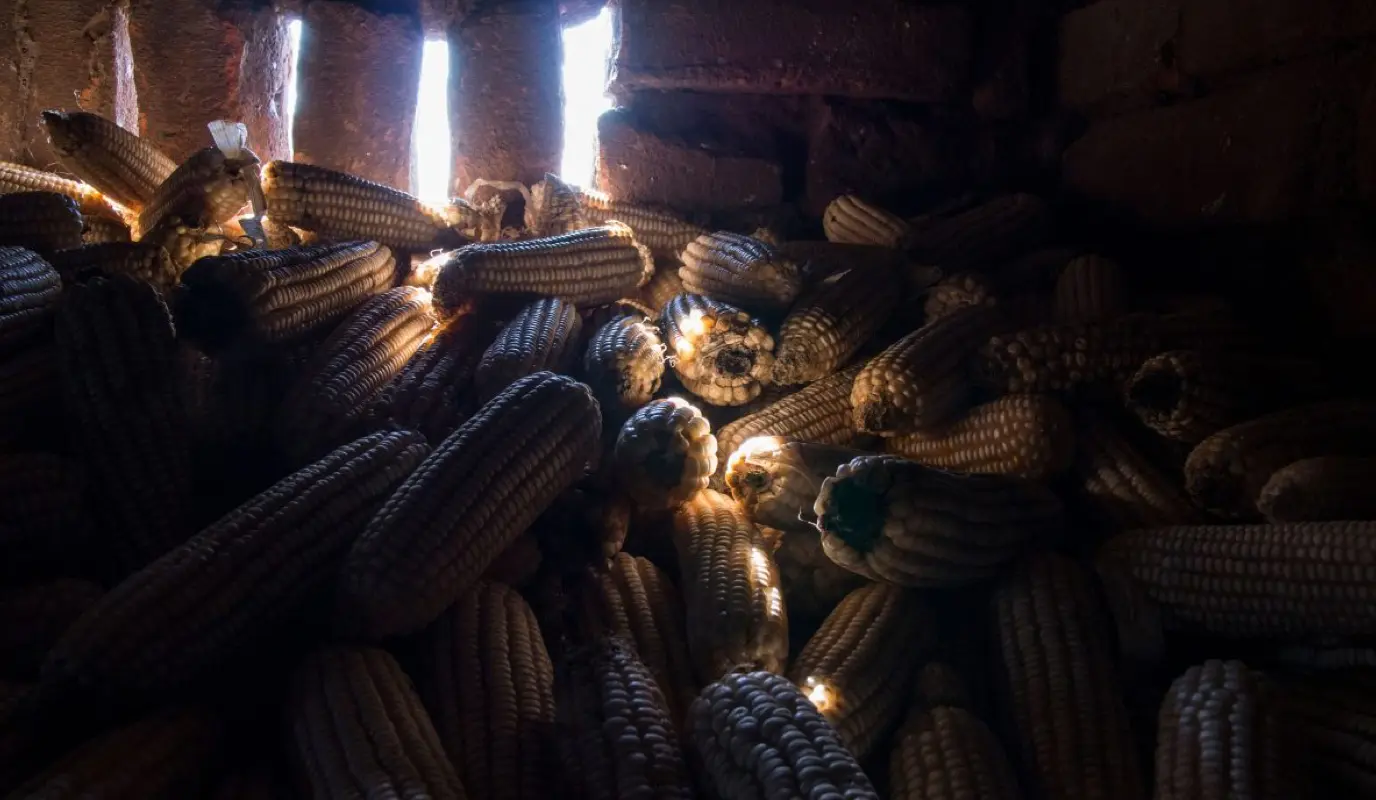
As for post-harvest losses, one of the best ways to tackle that problem is to work with farmers to increase awareness on improved management practices and to help them develop better storage solutions for their precious crop, to protect it both from the elements and from pests. These solutions vary from place to place, but they’re relatively easy to implement and not overly expensive.
3. Filling but not fulfilling
Maize alone is not very nutritious, especially the white maize variety so popular in sub-Saharan Africa. The ubiquitous porridge that so many families rely on is undoubtedly very filling, but also lacks many of the essential nutrients that help young bodies and minds to develop in a healthy way. Stunting is a serious problem both for individuals and economies in Africa, robbing both of their full potential productivity and development. It's no coincidence that the prevalence of chronic child malnutrition often intersects with extreme poverty and heavy reliance on a single crop like maize. It's not the villain of the piece, but it's definitely a serious player.
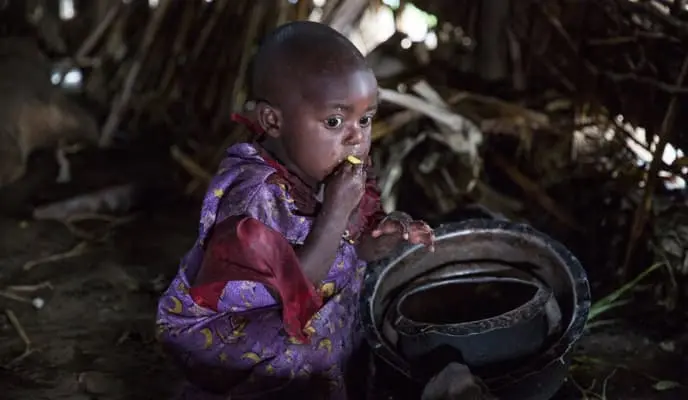
Solutions:
Many families supplement their home-grown maize with market-purchased maize meal, which is often subsidized by governments and generally fortified with extra vitamins. That’s good, but obviously only a partial solution and not available to everyone.
The good news is that those extra nutrients so vital to the physical and cognitive development of young children can be produced at home and with relative ease. What Concern generally provides is the knowledge required to produce the right combinations, along with a few basic inputs.

As mentioned above, crops such as beans and pulses are packed with nutritional value, as are dark green leafy vegetables like kale and cabbage. Zucchini, moringa, tomatoes, amaranth, pumpkin, groundnuts — there’s a whole host of high-impact complementary foods that can be produced in a backyard or keyhole or sack garden and combined with maize to make a tasty and nutritious meal. Milk and eggs are great too, where available.
We have legions of home-garden evangelists from the swamps of South Sudan to the hills of Rwanda to the semi-arid lands of Northern Kenya — and they’re very zealous about their mission! Oh, and we facilitate cooking sessions at many Concern-supported nutrition centers, and train “Lead Mothers” to host sessions in their own communities.
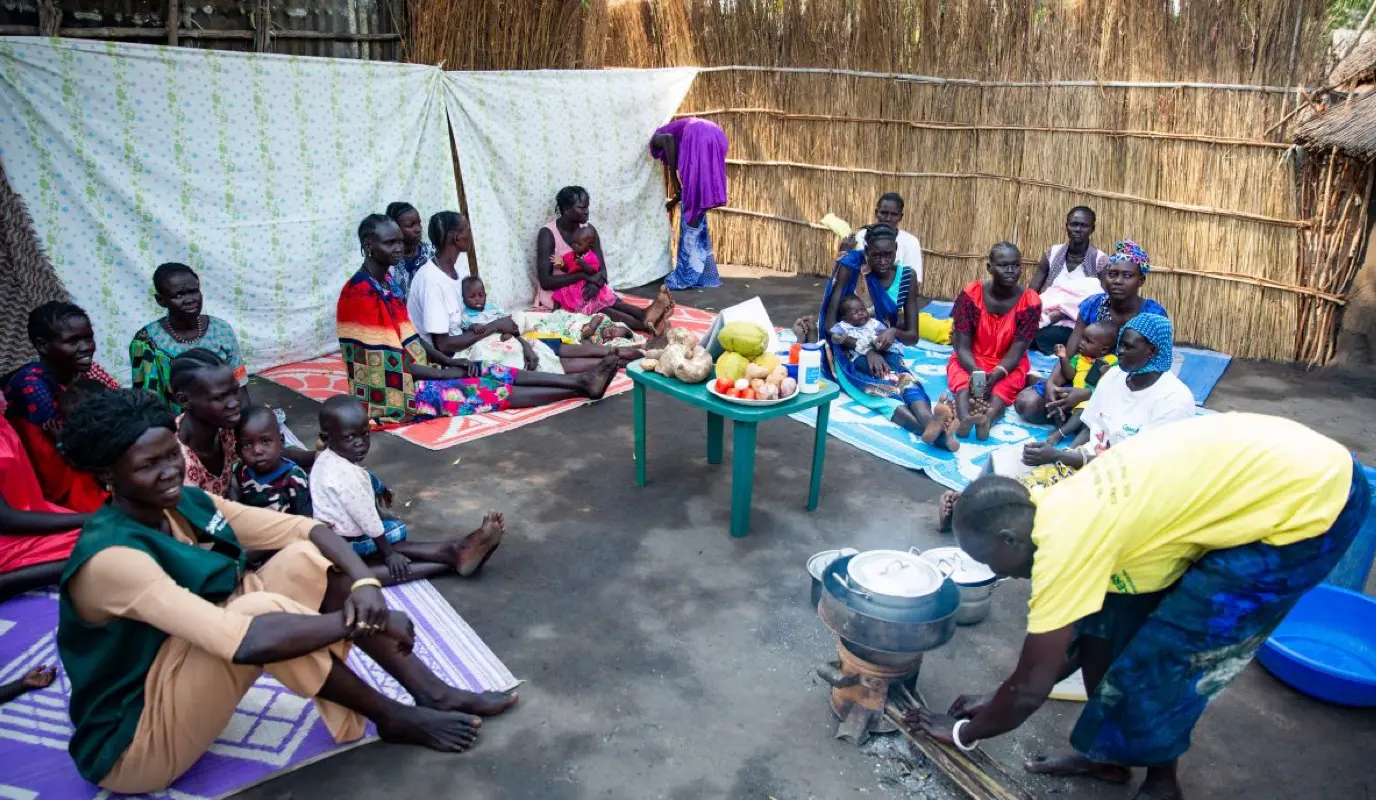
Not the only game in town
By the way, there are many other important staple crops grown and consumed on this amazing continent. For many millions of people in West Africa it’s rice, in Ethiopia it’s teff or barley (although we have a potato story to tell you on that one), in Congo cassava is big, and across much of the continent millet and sorghum are hugely popular.
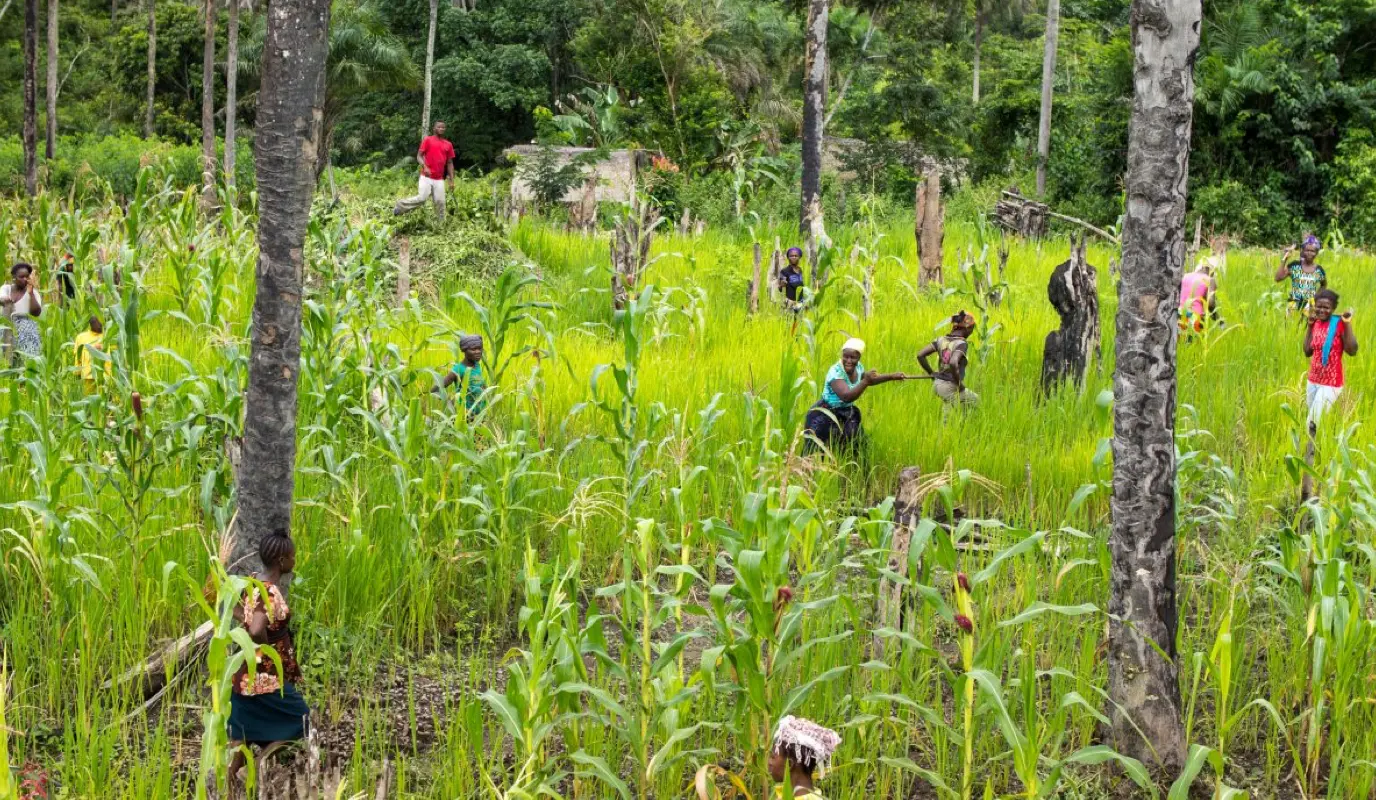
But maize remains the chart-topper and — for better or for worse — it will continue to be a staple crop for hundreds of millions of people across dozens of countries in Africa for many years to come. Concern will continue to work with farming households to ensure that they can get the best return from their maize, and we’ll also continue to advocate at international level for urgent action on climate change and increased support for those who rely on the land for their survival.
